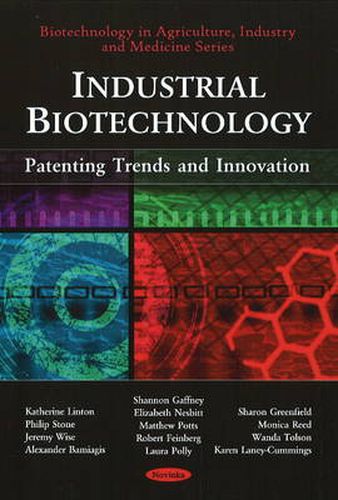This book provides a profile of innovation in industrial biotechnology, an emerging field of biotechnology characterised by the use of enzymes, microorganisms, and other biocatalysts to create new processes and products. Industrial biotechnology is used to make biofuels, chemicals and other products in more sustainable and environmentally friendly ways by, for example, enabling the use of renewable resources rather than petroleum-based products, eliminating harmful by-products created by conventional chemical processes, reducing energy requirements and greenhouse gas emissions, and/or lowering manufacturing costs. Because of these positive attributes, the demand for industrial biotechnology products and processes is increasing. Patent data, survey results, and technology and firm level data is used from emerging sectors of industrial biotechnology to provide a detailed picture of innovation in the field. Furthermore, this book finds substantial evidence that the field of industrial biotechnology is diverse and growing, with new patent owners entering at a steady rate. Different companies, ranging from small to large in size, are dominant in different areas of industrial biotechnology and patent portfolios play an important role in their participation by facilitating the commercialisation of new products and processes.
Read More





